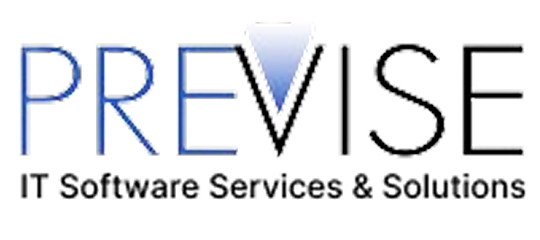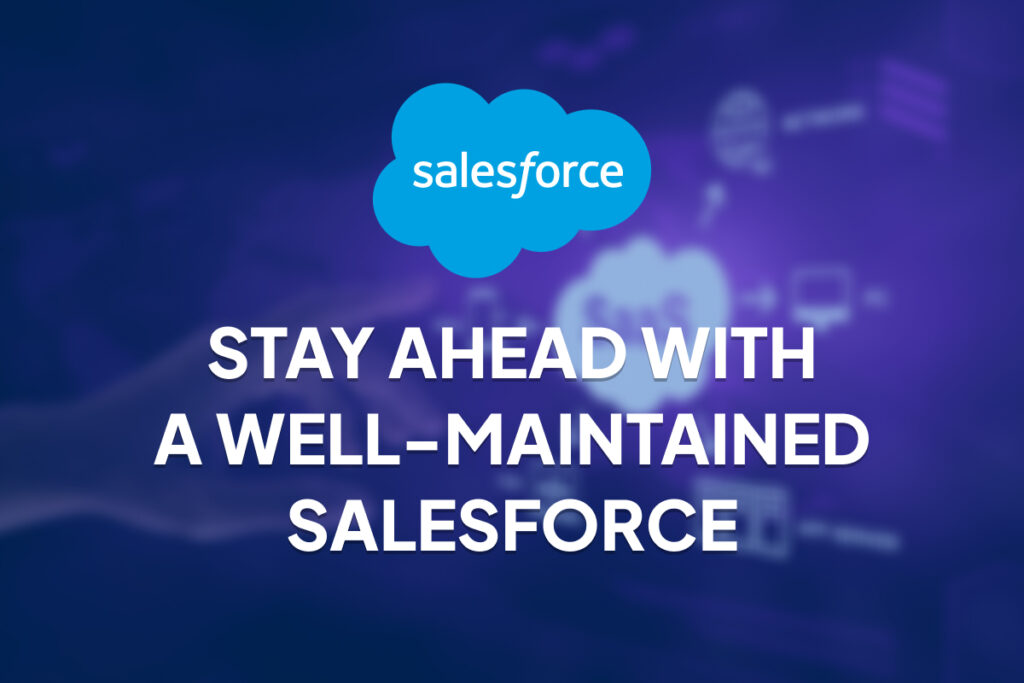Salesforce provides nonprofits with the tools to fundraise smarter, engage donors, and deliver meaningful impact. But never mistake it for a “set-it-and-forget-it” system: to keep it smoothly running and to get the most from Salesforce, organisations must actively manage it, update records, and fine-tune workflows.
A well-maintained Salesforce builds trust in your data, keeps staff productive, and protects sensitive information. On the other hand, neglecting it can lead to errors, security gaps, and reduced donor confidence.
Common Risks of Neglecting Maintenance
Without ongoing maintenance, Salesforce organisations are more likely to accumulate technical debt, messy data, and poor performance. The system will become more unreliable if it contains outdated automations, unused fields, or missed updates. Without proper assistance and regular maintenance, even the best systems can become a liability, leading to crashing data quality, security, and productivity.
Weak Data Leads to Weaker Decisions
Old spreadsheets, duplicate entries, and missing information can mess up your data. Without regular cleaning, reports become inaccurate and insights misleading. Without regular cleanups, reports become unreliable and insights misleading.
System Slowdowns & Breakages
The initially received corrupted data will result in clogged performance or even break key integrations when releases roll out.
Security Gaps
Inactive user accounts, weak passwords, or outdated permissions expose sensitive donor and beneficiary data. Routine checks, like enforcing Multi-Factor Authentication (MFA adds an extra layer of security by requiring users to verify their identity with more than just a password—like a code from a phone or a fingerprint), auditing permissions, and monitoring logins are essential to protect trust and compliance.
Low User Adoption
When workflows feel outdated or staff aren’t trained on new features, people slip back to outdated software, causing wasted investment and weaker impact tracking.
Key Components of Ongoing Support
Maintaining Salesforce is not a one-time task; it requires continuous attention across several areas to keep your system healthy, secure, and aligned with mission goals.
Data Quality and Integrity
Clean data is the foundation of any nonprofit CRM. Regularly audit records, remove duplicates, standardise formats, and archive outdated information to keep them clean. Also, use validation rules and backups to maintain accuracy and recover data when needed.
User Training and Adoption
A CRM is only as effective as its users. Provide ongoing training, refresher courses, and updated documentation, and designate “Super Users” to guide teams. Continuous education boosts adoption and helps staff fully leverage Salesforce.
Security and Compliance
Protecting donor and beneficiary data is critical. Protect sensitive donor and beneficiary data by enforcing strong passwords, enabling multi-factor authentication (MFA), and limiting user access based on roles. Conduct regular security audits, review permission sets and activity logs, stay compliant with regulations like GDPR and HIPAA, and maintain a well-defined incident response plan to quickly address any security issues.
| GDPR (General Data Protection Regulation): A European law that protects personal data and the privacy of individuals in the EU. It sets rules on how organisations can collect, store, and use personal information.HIPAA (Health Insurance Portability and Accountability Act): A U.S. law that protects sensitive health information and ensures it is kept secure and confidential. |
Release Updates and System Health
Salesforce updates multiple times a year. Test changes in a sandbox, plan deployments carefully, and perform regular health checks to keep your system efficient and take full advantage of new features.
Integrations and Third-Party Tools
Most nonprofits integrate Salesforce with fundraising, marketing, or finance tools. The best advised practices for them are to regularly test connections and data flows to ensure accuracy, prevent silos, and give your team a unified view of supporters.
Best Practices for a Healthy Salesforce Org
Keeping a Salesforce org healthy involves more than just ticking off individual tasks. It requires strong governance and proactive best practices. Key recommendations include:
- Data Governance: Set clear data standards and naming conventions, enforce them with validation rules and automation, archive irrelevant data, and conduct regular data health reviews.
- Documentation and Change Management: Keep documentation of customisations and processes up to date, track changes with version control, assess impacts before updates, and communicate clearly to minimise disruption.
- Governed Security: Assign admin rights carefully using the principle of least privilege, deactivate inactive users, enforce MFA, and perform regular security audits to ensure compliance and safety.
- System Optimisation: Regularly review layouts, objects, and automation; remove unused fields, optimise reports, and archive old records to keep your system efficient.
- Collaboration and Feedback: Foster continuous improvement by gathering user feedback, tracking key metrics like adoption and fundraising impact, and staying active in the nonprofit Salesforce community.
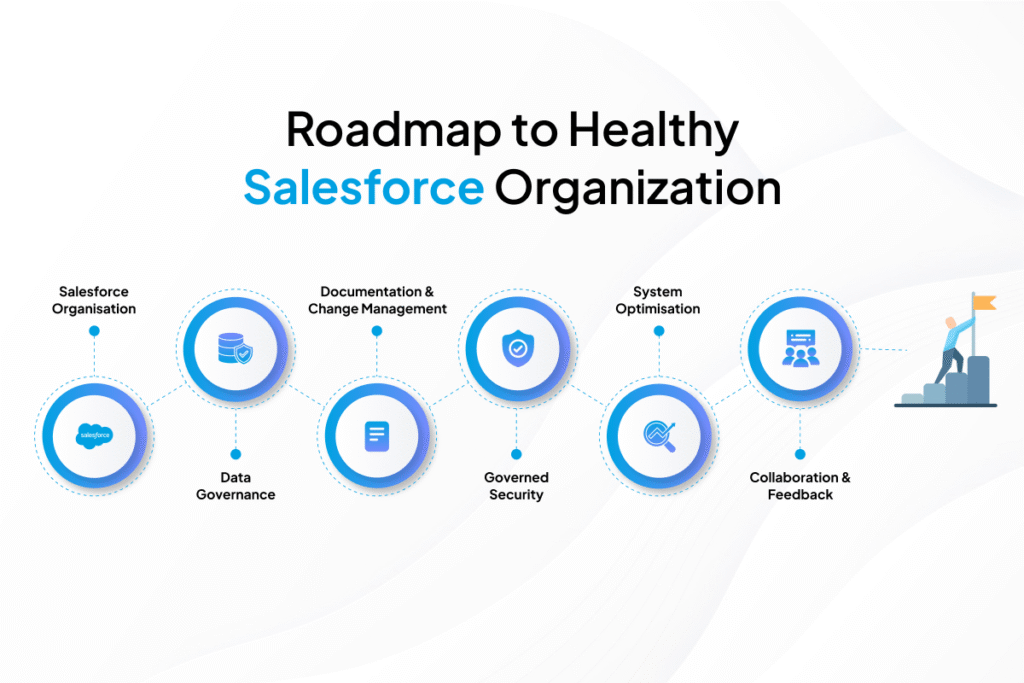
By following these best practices, nonprofits can prevent many common problems before they occur and build a Salesforce environment that scales with their mission.
In-House vs. External Support
Nonprofits must decide whether to staff Salesforce expertise internally or to hire external help. Both approaches have pros and cons:
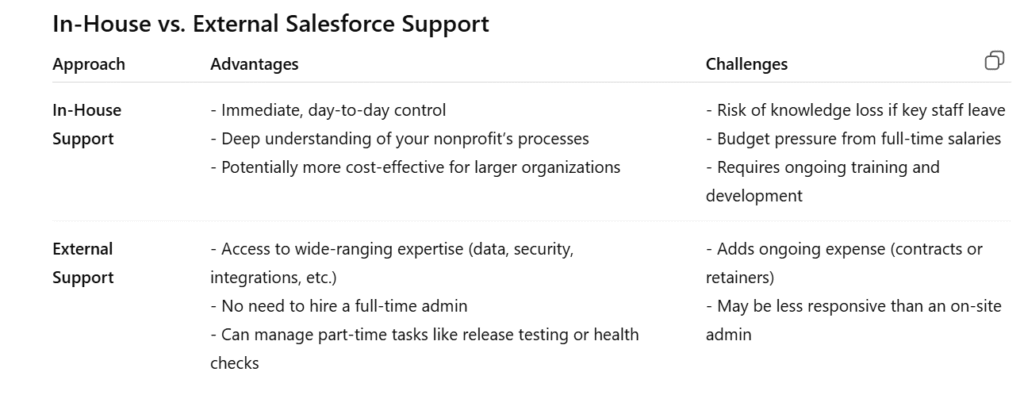
Some organisations use a hybrid model: a part-time internal admin supported by an external consultant for complex projects or overflow. Regardless of the model, the key is assigning accountability for Salesforce upkeep (either to a person or a service) so that regular maintenance doesn’t fall through the cracks.
Long-Term Success, Security, and ROI
A healthy org grows with you—delivering reliable reports for donors and boards, helping staff work more efficiently, and ensuring security and compliance. The real value comes from ongoing optimisation: aligning Salesforce with mission goals, automating manual work, and refining data so your team can focus on impact, not troubleshooting.
Measuring success is key. Track KPIs like user adoption, supporter retention, and cost per donation. These metrics demonstrate ROI, justify resources, and highlight where the system is driving the most value.
Over time, consistent maintenance fuels growth: better donor insights accelerate fundraising, smarter tools expand programmes, and strong reporting attracts new funding. Nonprofits that invest in support often find Salesforce pays for itself many times over in saved time and increased impact. Proper Salesforce maintenance isn’t just about “keeping the lights on”. It’s an investment in your nonprofit’s future.
“When well maintained, Salesforce becomes a powerful tool that drives impact, builds donor trust, and frees your team to focus on mission-critical work.”
Why Ongoing Salesforce Maintenance Matters
Nonprofits today must deliver impact, engage donors effectively, and protect sensitive data. Without regular Salesforce maintenance, you risk your data, security and progress.
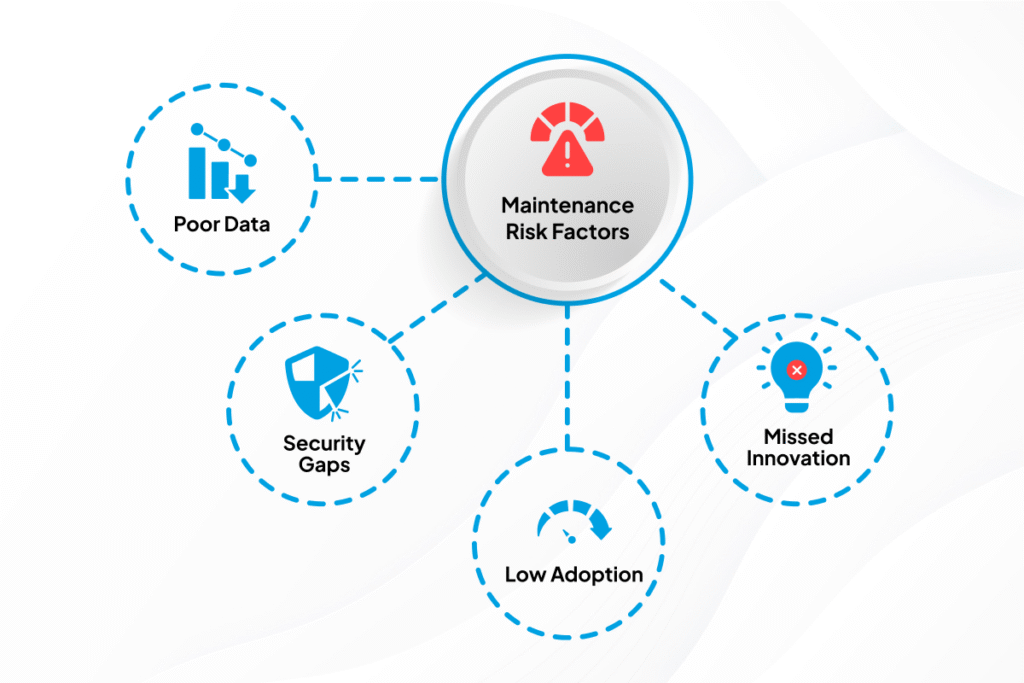
Ongoing Salesforce maintenance isn’t optional—it keeps your org reliable, secure, and mission-ready. Neglecting it weakens data, security, and staff productivity, while proactive cleanups, updates, and training protect trust, boost adoption, and ensure your CRM truly supports your mission. Investing in these practices helps nonprofits build a system that grows with them, enables smarter decisions, and drives greater impact.
